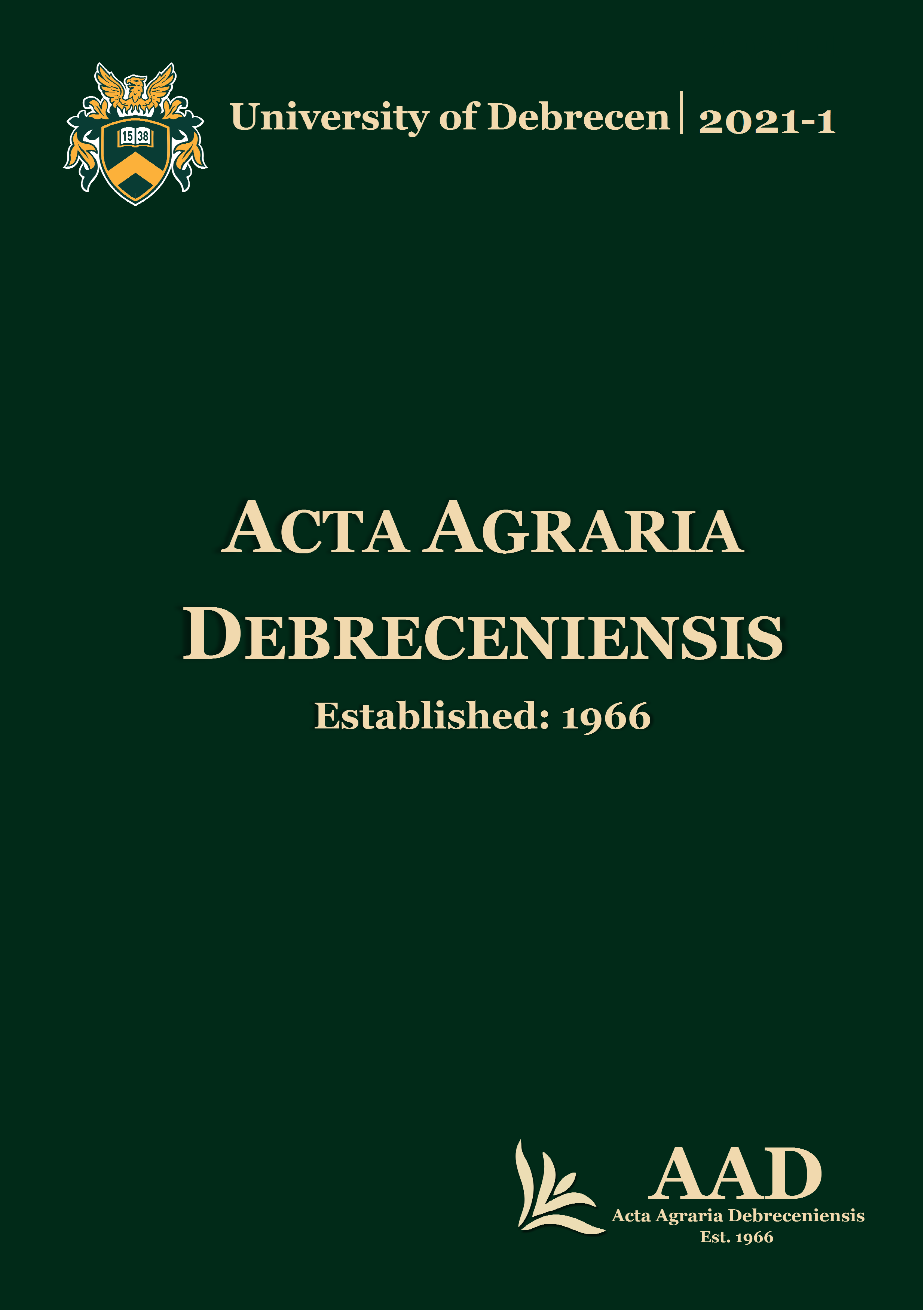Investigation of harvest index influencing agrotechnical and botanical factors in hairy vetch (Vicia villosa Roth.)
Authors
View
Keywords
License
Copyright (c) 2021 by the Author(s)

This work is licensed under a Creative Commons Attribution 4.0 International License.
How To Cite
Accepted 2021-01-11
Published 2021-06-01
Abstract
The biggest problem of Hungarian crop farming is mass production and the simple crop rotation based on cereals. There was a decrease in sowing area of protein crops which raises crucial issues in crop rotation and land use. Therefore, growing papilionaceous plants, which are now considered to be alternative plants, should be taken under close examination. Hairy vetch (Vicia villosa Roth.) belongs to the family of papilionaceous plants and it can be grown in light weak soils.
In Hungary, hairy vetch was used as green forage at first, but it later became a green manure plant. Nowadays, it is used as a cover crop and its sowing seed has a good export market. In low fertile soils it is able to produce a big amount of green yield (25–40 t ha-1) even in spring while its seed yield could be 0.4–0.5 t ha-1 at farm level. In addition to its morphological characteristics hairy vetch is grown mainly with a supporting plant, i.e. triticale in many cases.
Our purpose was to test the harvest index and its agrotechnical and botanical factors of hairy vetch in different cropping systems.

 https://doi.org/10.34101/ACTAAGRAR/1/3764
https://doi.org/10.34101/ACTAAGRAR/1/3764